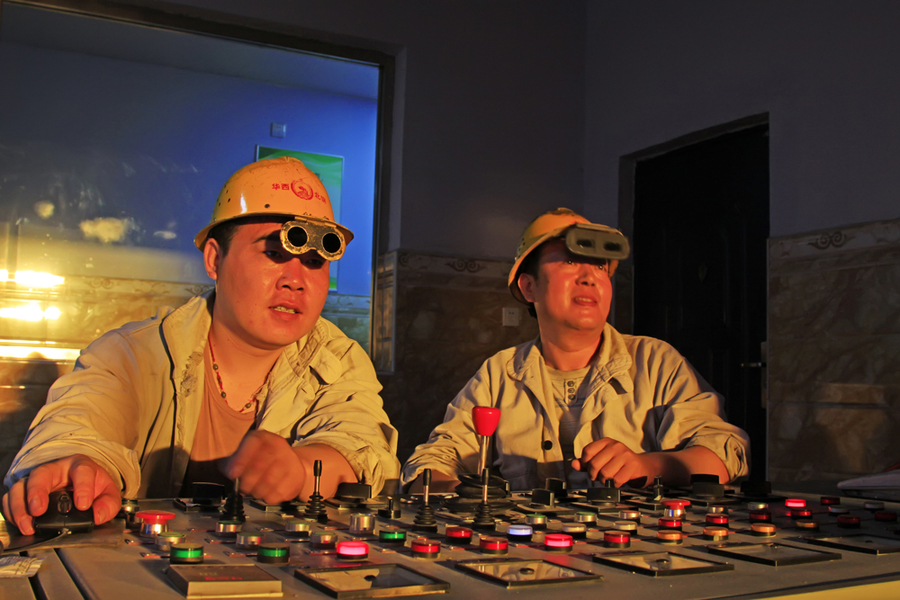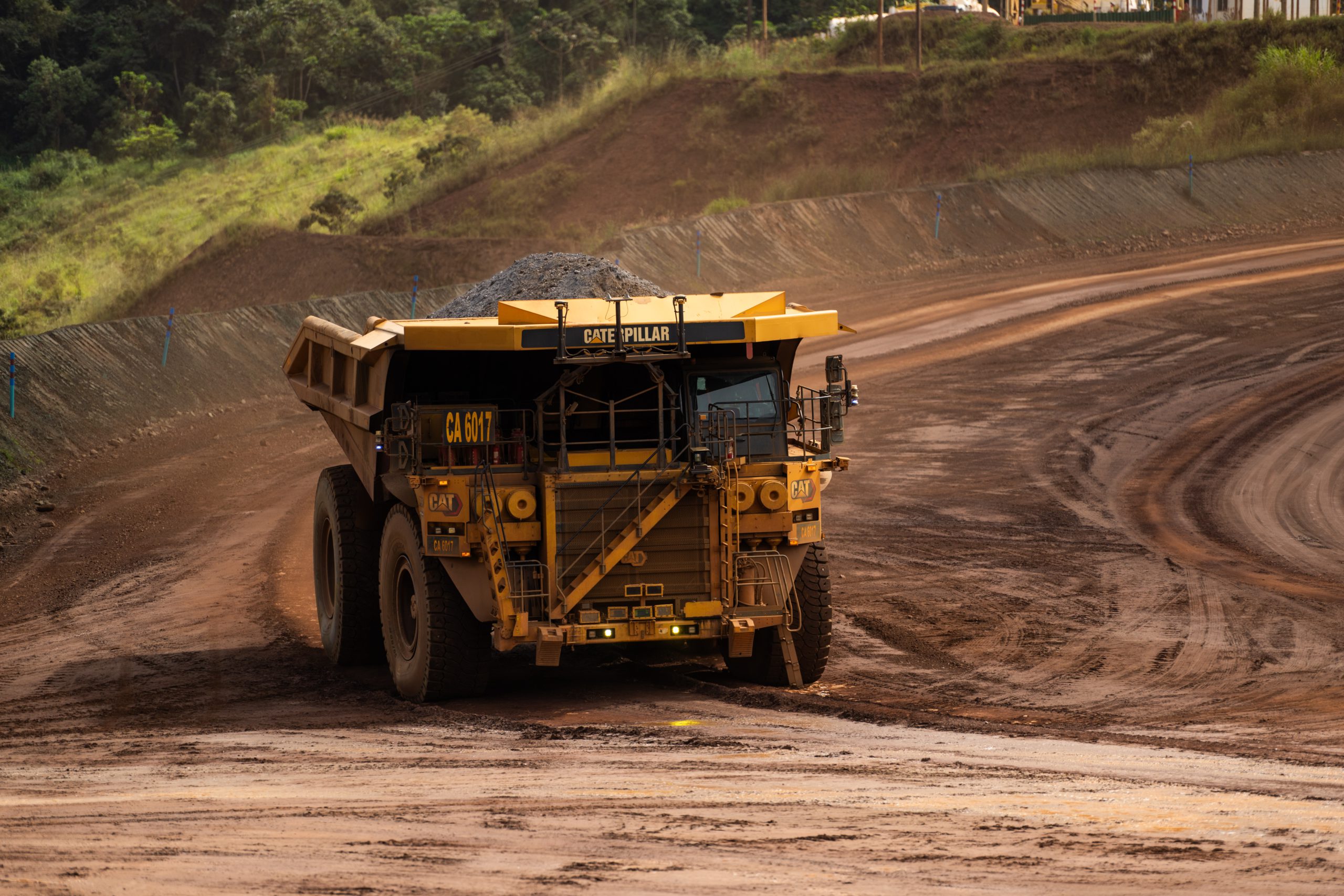Blow to iron ore price as Chinese steelmakers opt for scrap

World Steel Association data showed a 5% year-on-year jump in global steel production in April to 142.1m tonnes. It’s a continuation of robust growth in the industry which increased output by 5.1% during the first four months of the year of 2017 to 550.5 million tonnes.
The 50-year old industry body estimates that steel production in China, which is responsible for just shy of half the global total rose a healthy 4.9% year on year in April climbing from an average of 4.6% during the first quarter.
We expect lower construction activity in coming months as the government’s measures to take the heat out of the property sector have an impact
A note from Capital Economics warns however that April may represent the peak of production in China:
We expect lower construction activity in coming months as the government’s measures to take the heat out of the property sector have an impact. What’s more, in early May, Tangshan City in China’s key producing region, Hebei, launched a clampdown on mills that fail to meet emission standards which could curb output this month.
Another headwind for iron ore demand is increasing use of scrap in China.
In the past low pig iron prices and little recycling meant scrap did not play much of a part in the domestic industry, especially when compared to places like Europe where steelmakers charge up to around 18% scrap in basic oxygen furnaces (around 20% scrap is a technical limitation).
Platts reports basic oxygen steelmaking plants in China have nearly doubled their use of scrap to as much as 17.5%.
An increase in scrap charge rates to 15% from 9% would displace 70 million tonnes of iron ore
Chinese steel companies are retooling to take advantage of a slump in scrap (typically around 90% Fe content) prices “amid a glut resulting from a nationwide crackdown on induction furnaces, an official at China Baowu Steel Group said this week”:
Assuming output of 700 million mt/year of hot metal, an increase in scrap charge rates to 15% from 9% would see additional hot metal output of 42 million mt, displacing 70 million mt of iron ore, the Baowu official said after the event.
The Northern China import price for 62% Fe iron ore fines was $61.90 a tonne on Monday, down more than 20% year-to-date on growing fears of an oversupplied market.
Indian steelmakers on a roll
While China may be entering a period of slower growth, other regions are powering ahead.
World number three producer India recorded the biggest gain of the major producing countries, with output increasing by 7.1% year-on-year over the first four months of the year to 33.2m tonnes as new capacity comes online and the Delhi government increases anti-dumping duties on imports.
India’s infrastructure push should keep blast furnaces on the subcontinent humming throughout this decade and the country is set to overtake Japan soon, despite growing output for the island nation. Japan upped steel production by 3% in April to 8.8m tonnes.
US output has also been strong this year following an annual decline in 2016, growing at 3% in year on year terms to May 20 according to the American Iron and Steel Institute. The strong numbers reflect the impact of anti-dumping measures against China spurring domestic output, optimism about President Donald Trump’s infrastructure plans and the firing up of the new Big River Steel plant in Arkansas at the end of last year.
Growth was also exceptional in Europe with a 6.1% jump in April bringing the growth rate for the January-April period for the region to 4.5%.
{{ commodity.name }}
{{ post.title }}
{{ post.date }}




Comments